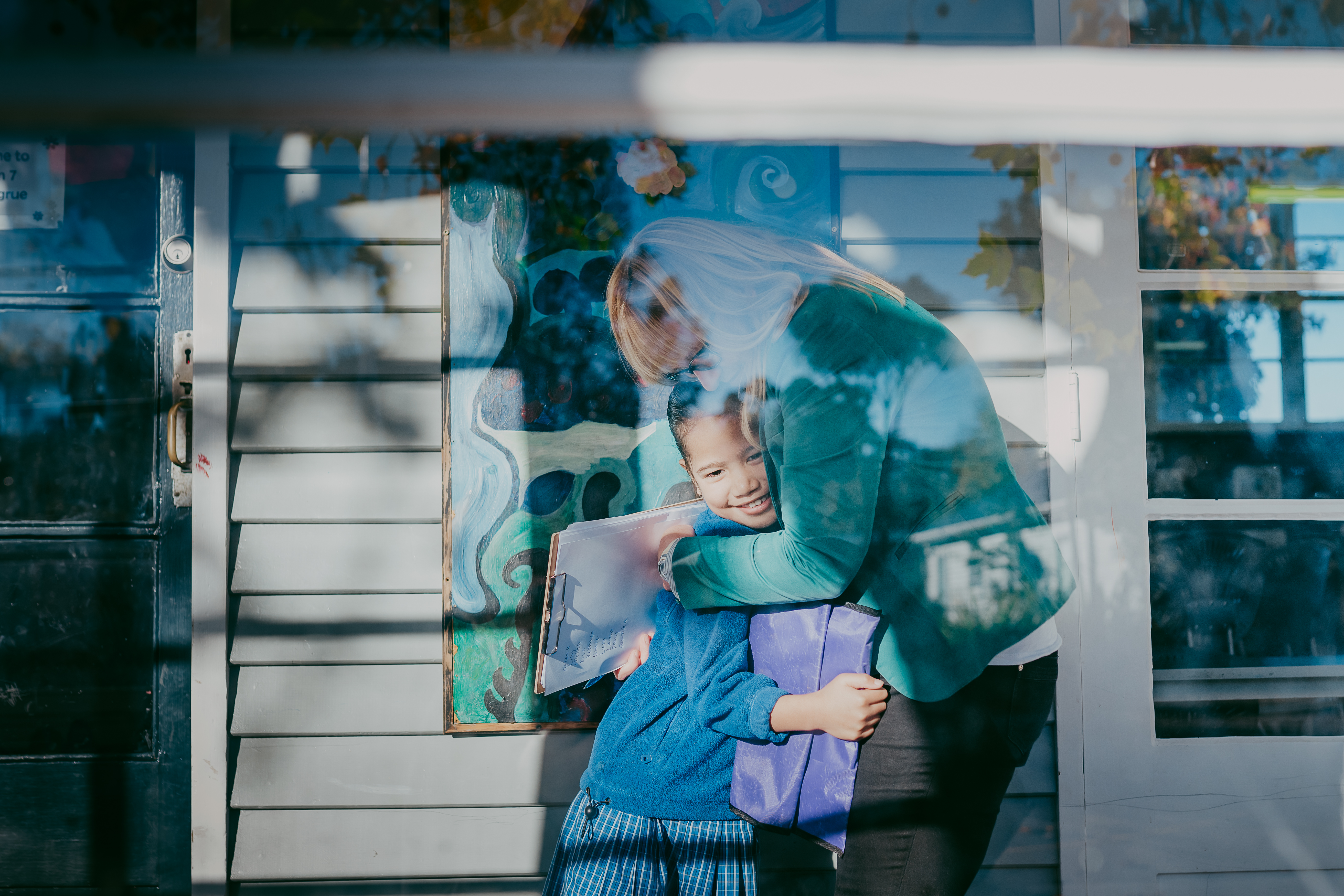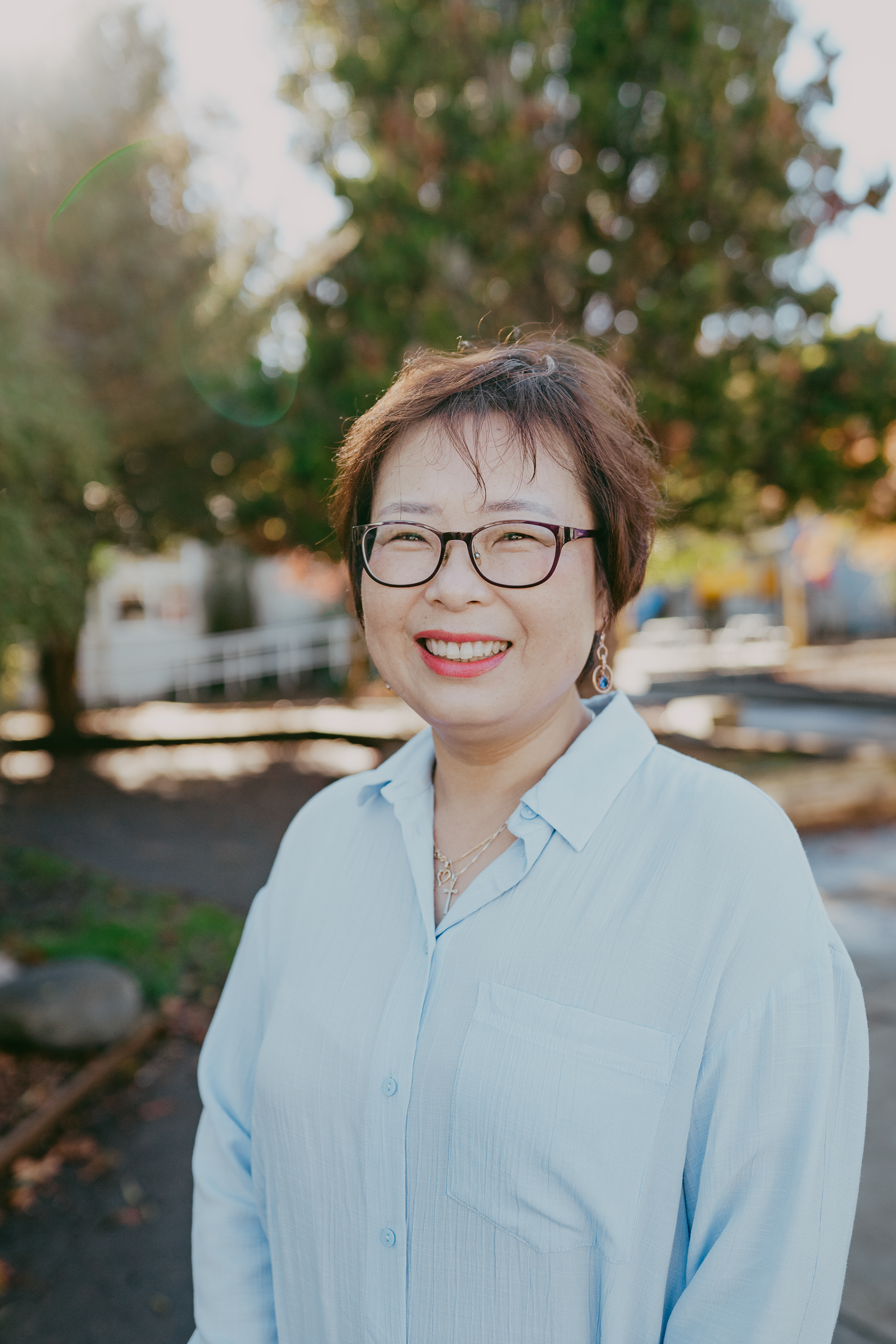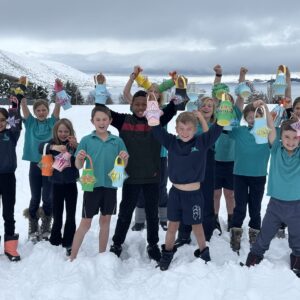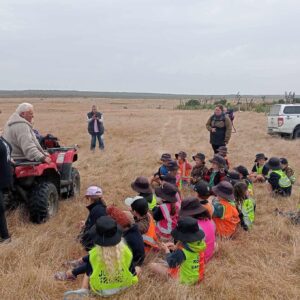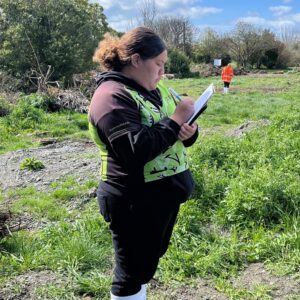In the days and weeks following the terror attacks at two Christchurch mosques, there was a noticeable change amongst the parent community
at Ilam School, just across the river from the University of Canterbury.
As ESOL team leader Kirsten Aaron walked around the school that is home to more than 50 cultures, she saw parents talking and reaching out to each other in a way they hadn’t before.
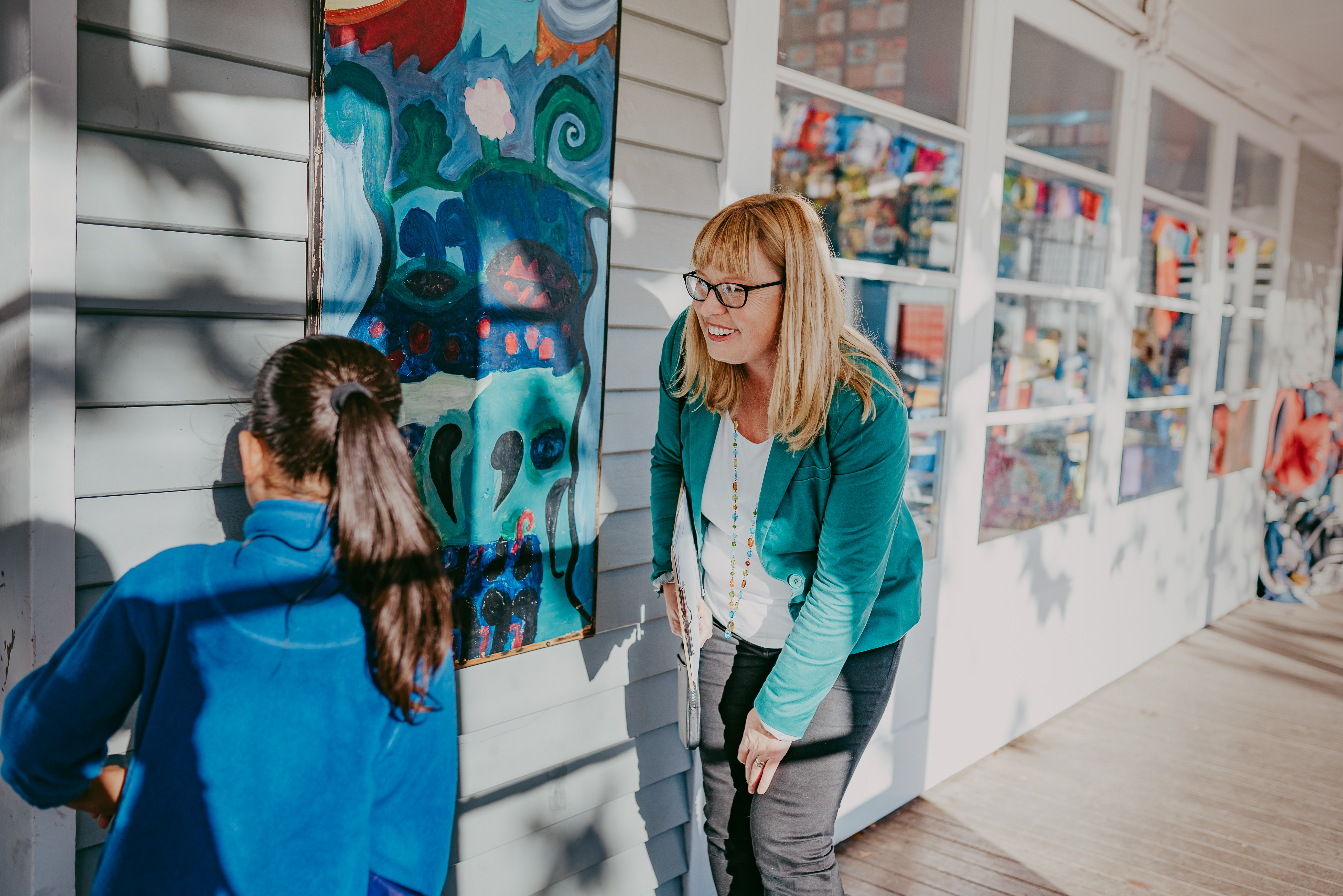
“Usually they’re in their own little groups, and that’s just natural really. The students have always talked, they’ve always connected and intermingled. But for the parents, that’s not quite so easy. [But] I saw them talking with [Muslim] parents and hugging them, and offering their support … It’s been a real shake-up, I think, it really has,” she says.
Ensuring that all students and their families feel that their culture, language and religion is accepted and celebrated is key to quality relationships and learning.
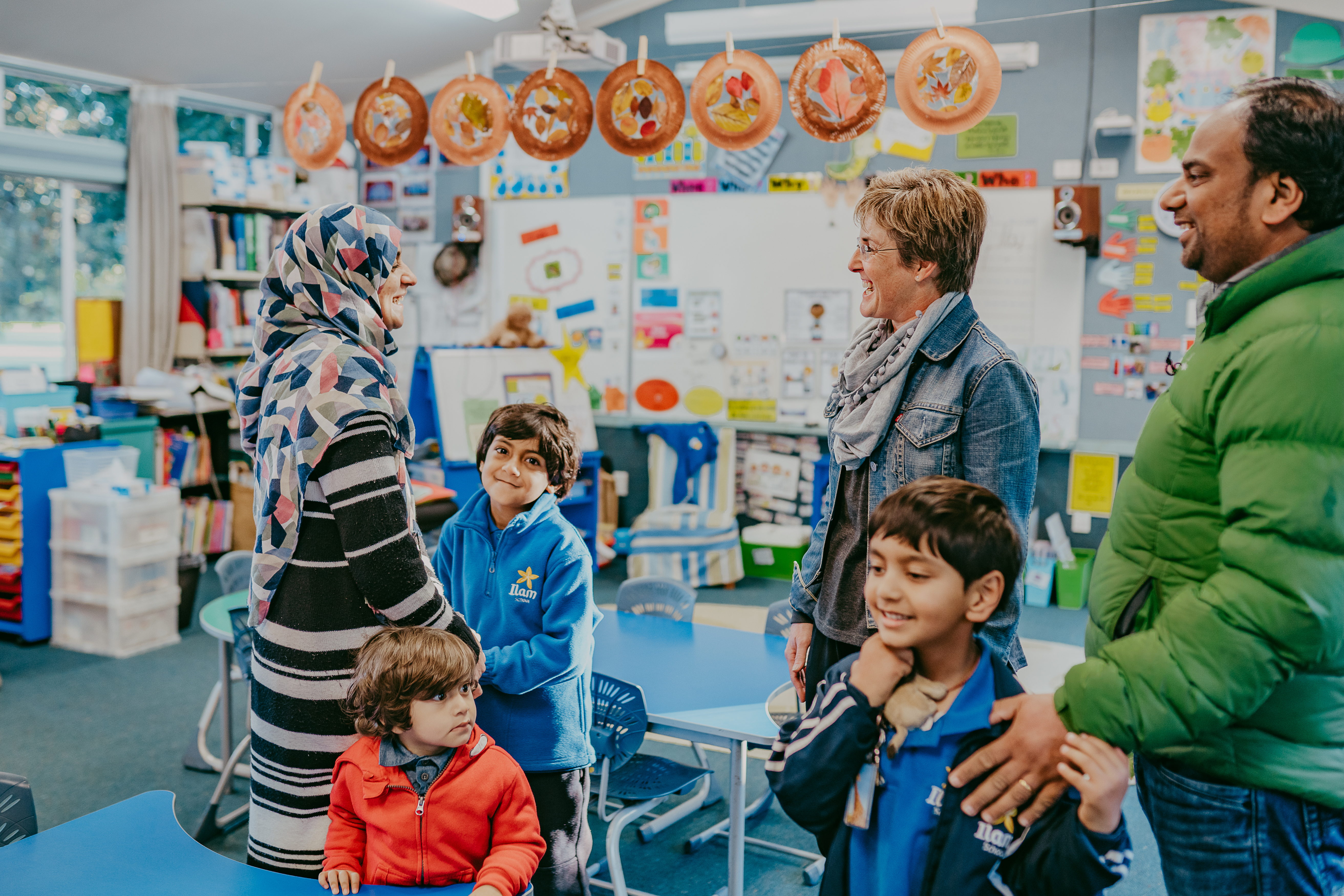
There are 48 Muslim students on Ilam School’s roll of almost 500, and the school has long nurtured a strong relationship with those families.
“When it’s time for Ramadan, a lot of our children are affected by that, because they’re not eating during the day. So, years ago, a mum came to me and asked if we could do something, and I said, ‘Absolutely’. During Ramadan, which is for a month, we have a classroom that those children
can go to at lunchtime, where they can be together. We provide Ramadan activities for them to do and we do crafts, and other things like that, while the other children are eating,” says Aaron.
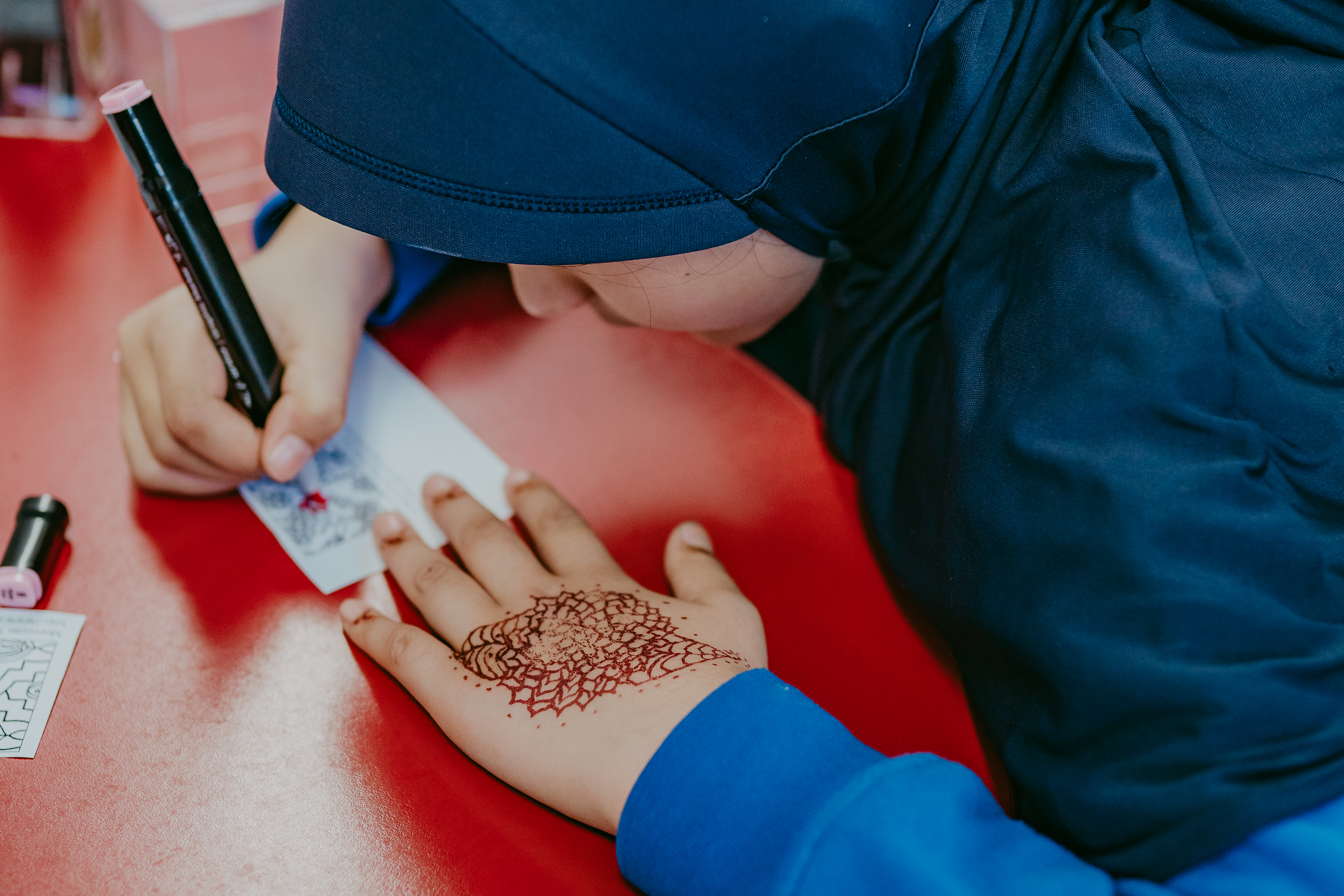
After Ramadan, Muslims celebrate with Eid, and Ilam School invites all the Muslim parents for a shared lunch with their children. Each child also invites a non-Muslim friend and their parents to come and join the celebration. “That’s where a lot of our mixing of cultures has come from,” says Aaron, “[with other] parents meeting the Muslim [families] – that’s actually had a really big impact on our community. We’ve done that for about three or four years now.”
Aaron believes that this relationship with the Muslim community and understanding of its religious practices set a strong foundation for the wider school community to be able to provide support in the wake of the terror attacks.
Even though a number of students had family members killed or injured during the attack, almost all of them were back at school the following Monday, including one who had witnessed the shooting.
“His mother said she wanted normalcy for him. She said she didn’t want him going to the hospital all day, and he was much better at school. He had his friends around him, and the principal is letting him borrow his office at the moment, so he can bring his friends in there. They do fun activities and things like that to support him through it,” says Aaron.
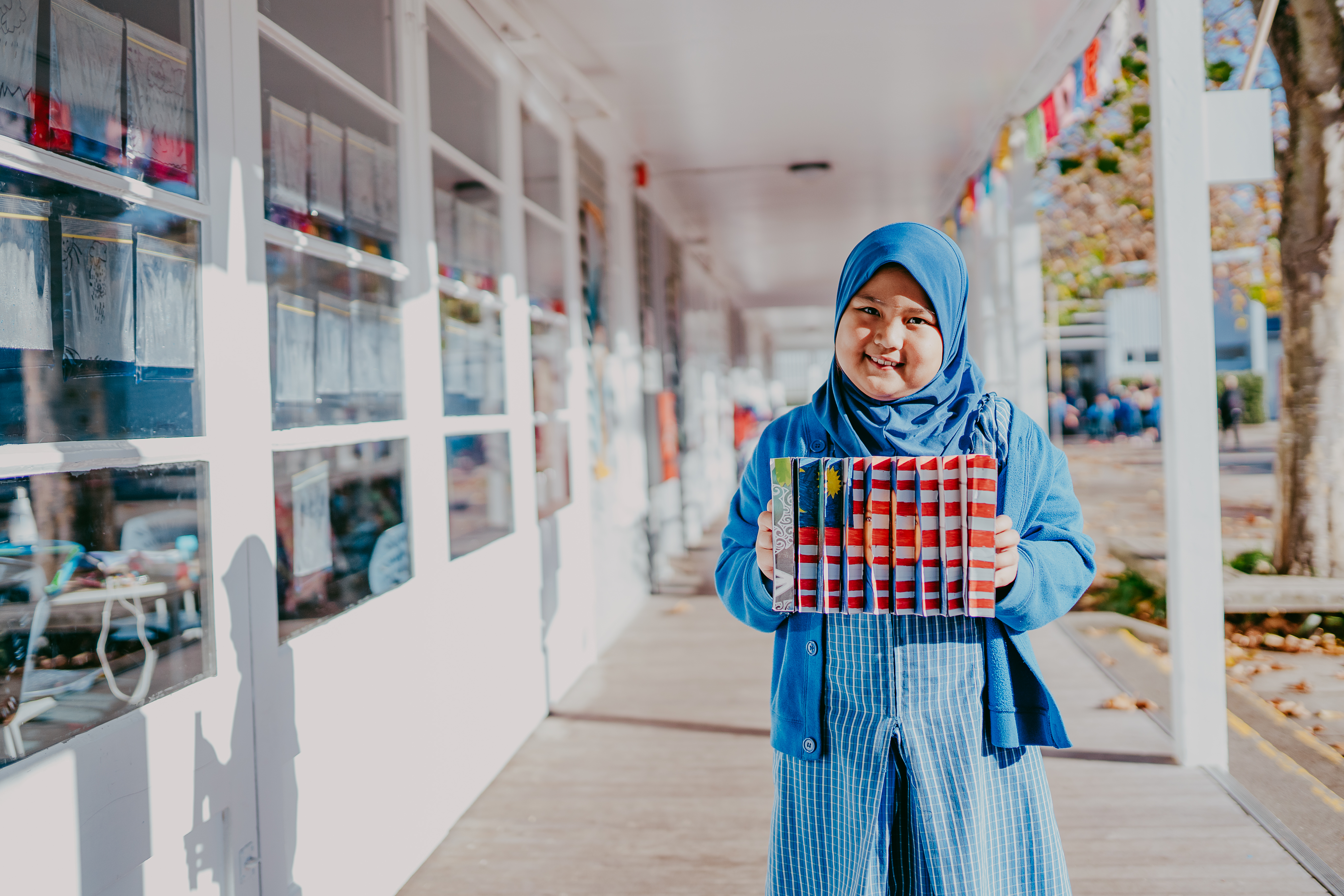
Aaron has a team of ESOL staff – one other teacher and three learning assistants – to support the 120 children with ministry ESOL funding, and the many others who need support but don’t receive funding.
One of the learning assistants speaks Korean, Chinese, Japanese and English, and plays an essential role in translating for the families in those communities.
“We absolutely need that in our school,” says Aaron. “One of our other learning assistants is Samoan, and she represents [Pacific peoples in]
our community, and my other learning assistant is Chinese, so she deals with a lot of the Chinese children.”

A key part of Aaron’s role is to maintain communication and connection with the school’s many different cultural communities.
“The school has successfully built strong strategies to enable networking among these diverse representatives.”
Zahra Emamzadeh, parent
Parent Zahra Emamzadeh is impressed with the school’s efforts in connecting its community. “The school has successfully built strong strategies to enable networking among these diverse representatives,” she
says. “Ilam School, for me, is about inclusiveness, rich communication, outstanding leadership and, of course, the great team of educators and staff. It is a second home for its students.”
Every four weeks, the school holds a meeting for its Chinese community, with the assistance of two translators. “We talk about anything that they might need to know about,” says Aaron. “We answer any questions they have, we fill forms and documents that need to be done – and we do it in a
really supportive way, where they feel like they can ask anything.”
She says a bonus is that they can meet other Chinese parents and build personal connections as well – loneliness and disconnection can be a huge
issue for new immigrants, especially for those who are not confident in speaking English.
Parent Erica Sun has two daughters who started at the school in late 2018, after moving from Taiwan. She says, “My girls and my family received a lot of help from the school and the teachers, not just school-related issues, but also for us starting up here in Christchurch.” The Chinese community meetings are a huge help. “We get to know what is happening around the
school.”
“My family received a lot of help from the school for us starting up here in Christchurch.”
Erica Sun, parent
Sun says the school’s staff have made all the difference to her family’s sense of community. “They are experienced dealing with students from all over the world,” she says. “We are very lucky to be at Ilam School. I love the diversity and so do the children.”
Meetings are also held for Korean families, a number of whom are international fee payers. The school has 11 fee-paying students. They also
have a translator for these meetings, where many parents are interested in learning more about the New Zealand education system.
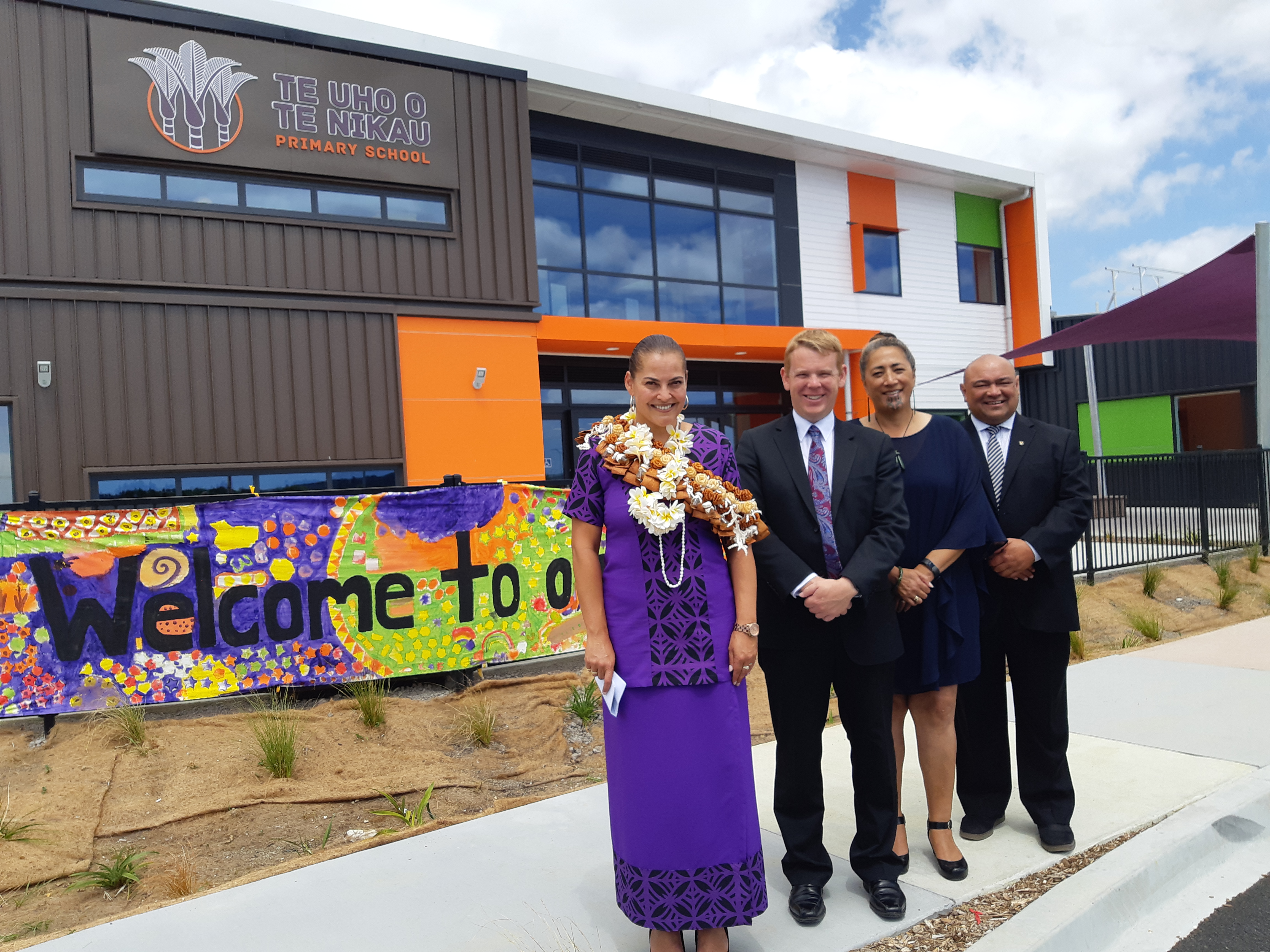
The desire and need for connection is also important in a community that is not only culturally diverse, but also being built from the ground up – literally.
In the first eight weeks of the 2019 school year, the student roll tripled at Te Uho o te Nikau Primary School in Flat Bush, southeast of Auckland. Eight weeks in, there were 33 students at the school, with eight new learners starting at the beginning of Term 2. The final roll is expected to be around 550.
Principal Mel Bland jokes that it really helps to have a good relationship with the local real estate agents. In the first two months of the school year, the development across the road from the school went from being empty to having ten houses ready for families to move in. “We work with our local estate agent. They basically sell a home and then we get the enrolment,” she says.
Ten years ago, Flat Bush was mostly lifestyle blocks, but is predicted to house about 40,000 people by 2025.
Bland says many of the families moving into the area are “new New Zealanders”, predominantly from Asia.
She sees that the parents and grandparents in the community are often very lonely because they don’t know anyone. Te Uho o te Nikau can play a
role in connecting the community to each other, not just to the school.
“We are finding that we’re able to help them build friendships together, which is just so lovely. And they are very open too, when you ask, ‘What are you worried about?’ Often it’s not even about their kids, it’s stuff they don’t know yet about New Zealand. So we are able to help with that as well, which is really cool,” she says.
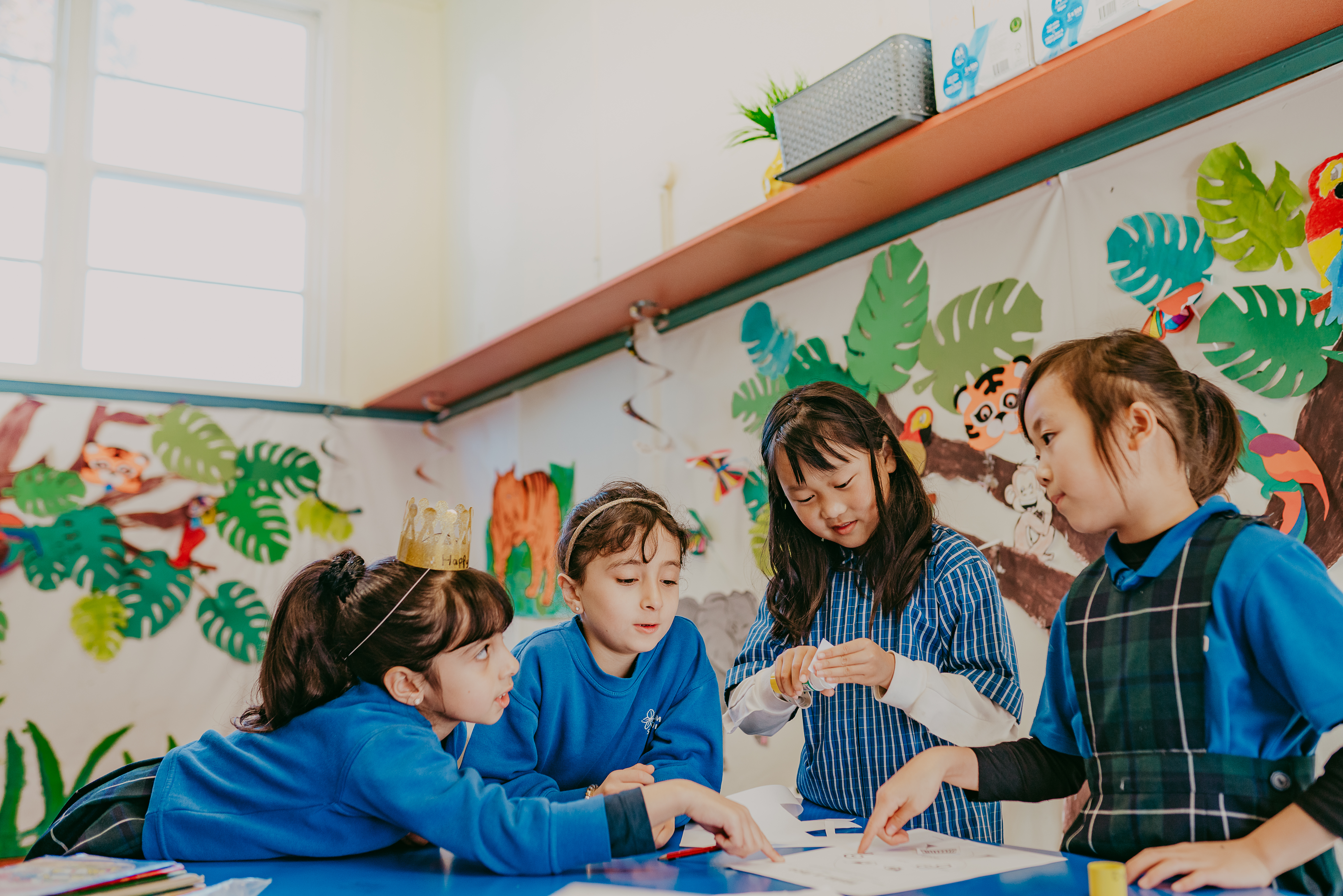
Bland and her two deputy principals have a whānau kōrero with every new family before their child or children start school.
“[Staff ] share our own journey, because if we are not tangata whenua then we have an ancestral journey to New Zealand, just like our new families.”
Mel Bland
“We get to know that family and the kids. We share our own journey, because if we are not tangata whenua then we have an ancestral journey to New Zealand, just like our new families,” she says. “We find out what the kids like, who the important people are in their lives, the hopes that the parents have, who picks them up and drops them off, what life is like at home, what’s important in their culture.
“Then we take a photo for the Facebook page because all the parents follow us and they like to know who’s coming in. They often come out of their cars in the afternoon to meet new families – so that’s really cool.”
Bland says you can’t have a great school without great relationships. “You just can’t. It doesn’t matter how good your teachers are, it doesn’t matter how good your kids are – you have to build those relationships,” she says.
Thirty kilometres north, one of the country’s oldest (and most modern) schools has a deliberate strategy of employing staff that reflect its diverse
community.

Inner-city Freemans Bay School is the closest school to the Sky Tower. Principal Sandy Jenkins estimates the students speak at least 40 different languages, and staff members speak about 10.
“The challenge for us has been looking at strategies to engage people from so many different communities, and the first thing about responding to that challenge is that it is all about whānau,” she says. “Whatever activities we have in the school are about whānau, about engaging parents – thinking about the timing of activities, and the type of activities.”
“The challenge for us has been looking at strategies to engage people from so many different communities, and the first thing about responding to that challenge is that it is all about whānau.”
Sandy Jenkins
Many school events involve food from around the world, as Jenkins says sharing cuisine and recipes is a great way of engaging parents and enabling them to contribute to the life of the school.
Freemans Bay School has a very active Parent Group, which frequently sets up tables to interact with parents around pickup time, sharing information about issues and upcoming activities. “They have created a schedule of events that we are going to have across the year, and part of their driver is about engaging the community and giving the opportunity to build community, so it’s not just a fundraising focus,” says Jenkins.
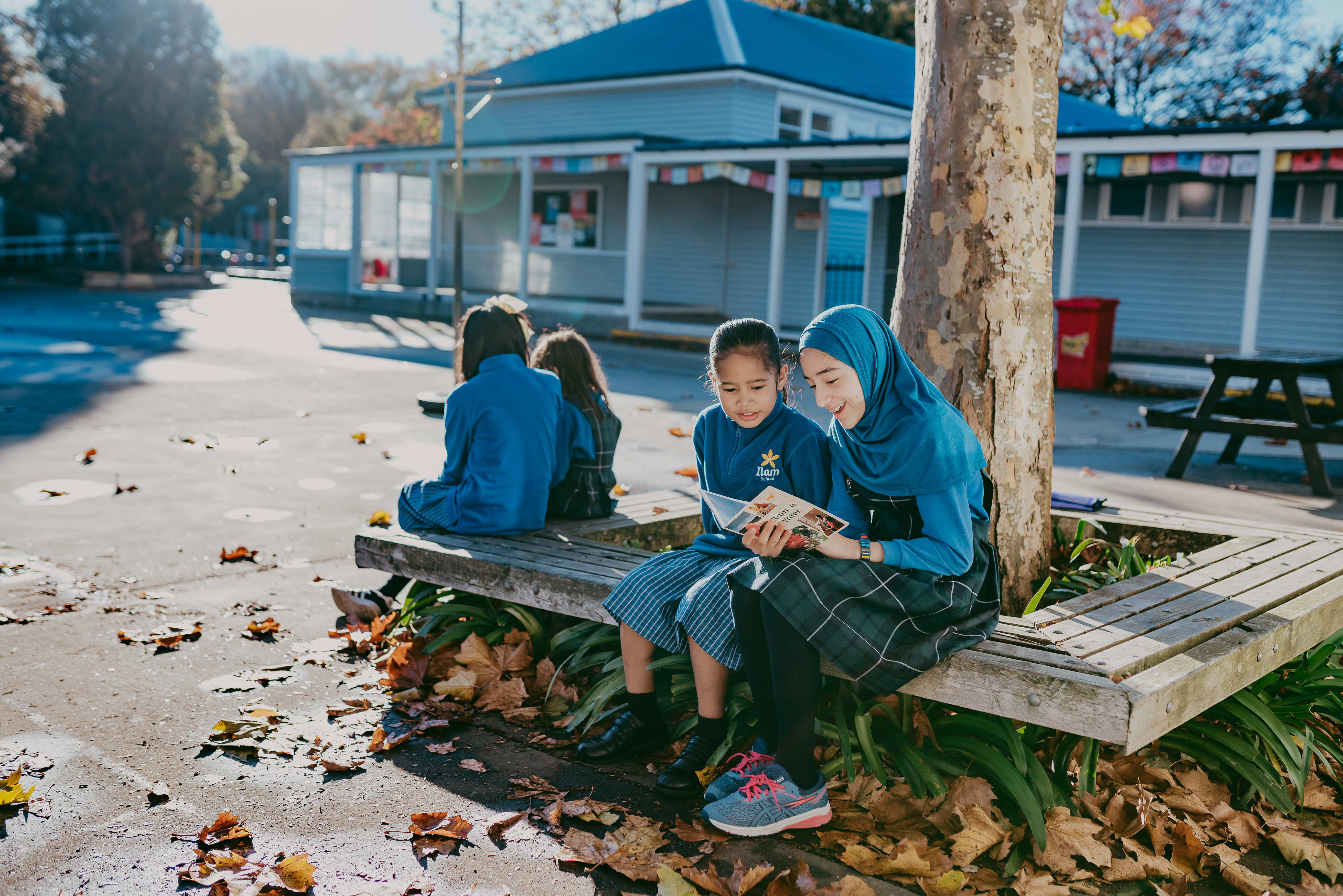
The group recently engaged the community around impending school board elections and lobbied Auckland Council to reduce local speed
limits for student safety.
Jenkins says building a strong and active parent group is about recognising the strengths of people in the community, identifying the networkers and encouraging them to get involved.
The school also has the oldest Māori immersion unit in Auckland, Rumaki Reo, and a strong focus on engaging with its Māori whānau, which represents about 10% of the school.
At the board level, it’s important that this partnership is really visible, so the unit has a co-opted member on the board. Families on the Rumaki Reo pathway, Whānau Ata, hold regular hui and select this representative. The Rumaki Reo team leader/kaiako also attends board meetings in the same capacity as the deputy principal.
Jenkins says that building community and seeing diversity as a strength is simply part of the school culture and not something they dwell on every day.
“For us, it’s just business as usual.”
Building connections before your school exists
Working out of a Halswell community hub while his school was being built turned out to be a great way of building community connections for principal Mike Molloy.
When Knights Stream School in southwest Christchurch opened in Term 1, 2019, Molloy’s networking with local community groups and businesses was already bearing fruit.
“One of the locals was hot desking in the hub. He overheard me talking about wanting to build a bike track, and said, ‘That’s what I do, I’m a bike enthusiast and an engineer’ – and he ended up designing [our] track. He lives just across the road, so his passion was about doing something for the school and supporting us,” says Molloy.
Other local business connections have resulted in free construction of the track, bike sheds, a tunnel house, trees for planting, beehives so students can produce honey, and catering for community events.
A “ton” of people turned up for a barbecue before construction of the school began, including prospective parents, local councillors, board members and other interested community groups.
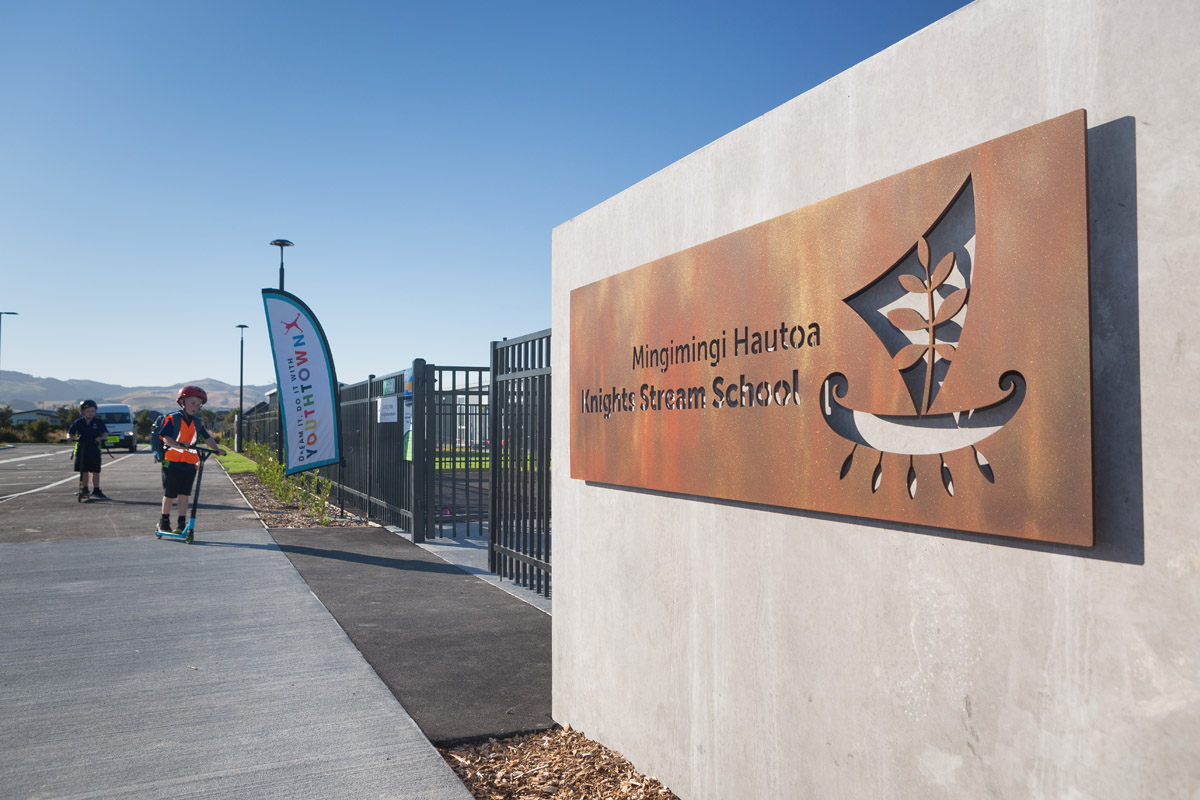
(Photo © Tony Stewart/Photoshots.)
Getting community buy-in for the new school was a key focus for Molloy and the establishment Board of Trustees.
“We started hosting events to get parents’ input. We shared the emerging vision and values that we were drafting as a board. We wanted a high level of engagement to get parents’ ideas,” he says. “We hosted a number of those sessions throughout the last year when we weren’t open.”
At first, it was “tricky” to know who the school’s community was, Molloy says.
“You know there are houses around, but I didn’t have any connection with real people, so that was challenging. Probably the most successful communication tools we used were a Facebook page and a Hail website.”
The focus was on providing the community with a lot of information, says Molloy, “so people knew there were lots of things progressing behind the scenes. As a leadership team we started KSS TV, a YouTube channel where we reported to our community. This gave people an essence of who we were as people and leaders.”
As the opening day drew near, the focus turned towards ensuring the 89 foundation students and their families felt at ease in the new school environment.
As the opening day drew near, the focus turned towards ensuring the 89 foundation students and their families felt at ease in the new school environment.
During the week before it opened, the school held an open evening for whānau, as well as a chance for students to come in to meet their teachers and classmates. Parents and the wider community were invited to tour the school. On the Friday, the students were back for another half day with their teachers.
The day before opening, the school held a mihi whakatau for students and whānau, followed by a cup of tea and kai. By then, most of the children had already visited the school two or three times.
“On the Tuesday, when they turned up for day one, it was like we’d been operating for a while, it was really interesting. Day one was settled and calm. Parents felt really at ease,” says Molloy.
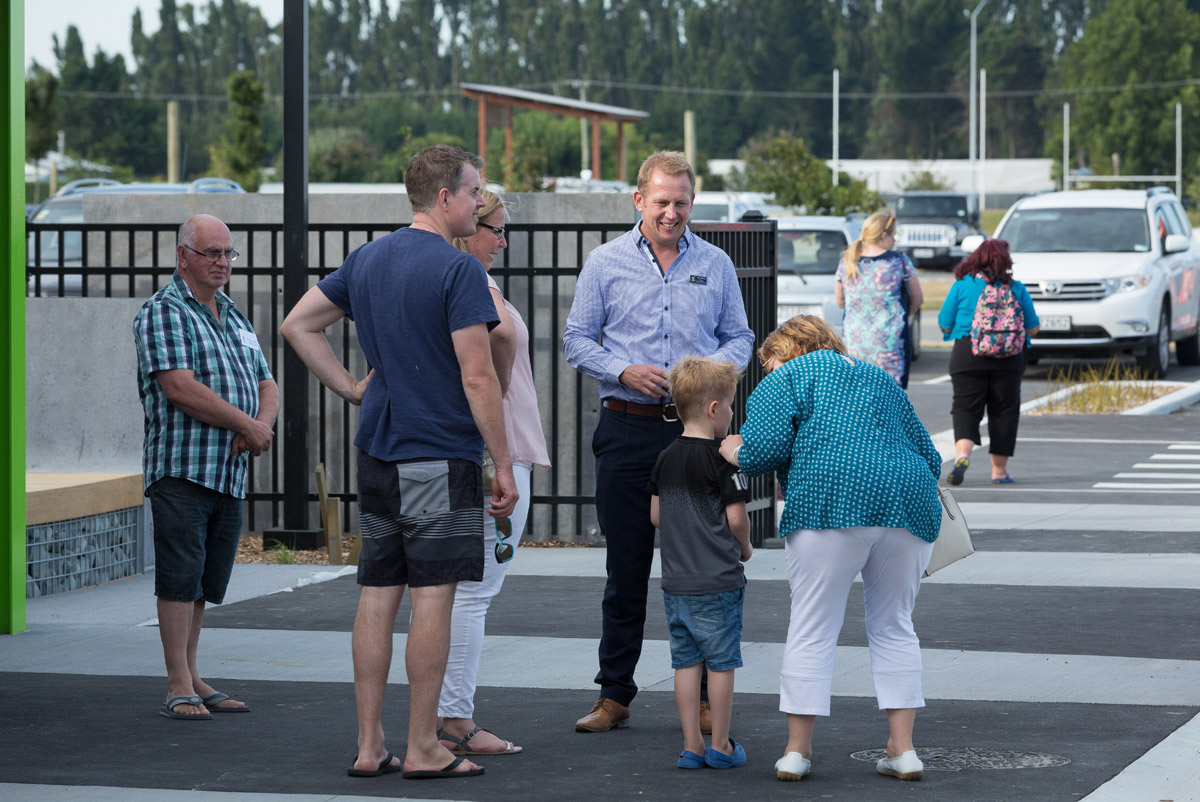
(Photo © Tony Stewart/Photoshots.)
To celebrate the end of the first week, the school held a picnic in the courtyard – another chance for whānau to get together and build connections with their school community.
For the first four weeks of term, teachers sat with the children at lunchtime, and Molloy and his two associate principals spent a lot of time in the classrooms and outside playing with the students. And in week three, parent-teacher meetings continued to strengthen relationships between teachers and whānau, and obtain more information and insights about each child.
“There’s no secret recipe,” says Molloy. “It’s just face-to-face time with people, and being really available – lots of smiles, out on road patrol, out there playing with kids after school,pushing them on the swing, trying to keep a very much people-orientated environment. I think the parents noticed that straight away.”
